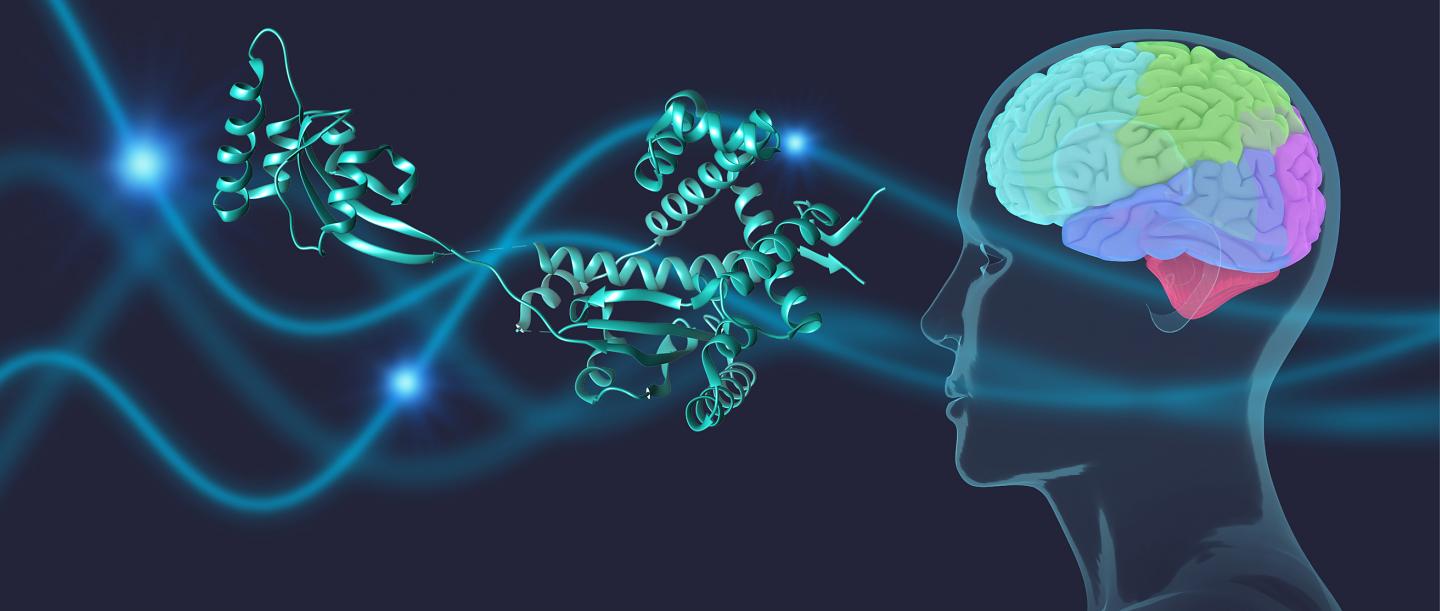December 5, 2019 -- Researchers from the University of Basel have identified the malfunctional relationship and master regulatory mechanisms between chaperone proteins and α-Synuclein occurring in Parkinson's disease. The findings were published in Nature on December 4.
Chaperones are proteins that assist with assembly and disassembly of other macromolecular structures. In humans, chaperones interact with α-Synuclein and the formation of aggregates of intrinsically disordered α-Synuclein, called Lewy bodies, which are strongly associated with Parkinson's disease.
Parkinson's disease is a debilitating neurodegenerative disorder with poorly understood causes. Some are genetic while others are a combination of environmental factors. Regardless of the cause, the disease leads to nerve death within the brain. But with the life expectancy rising around the world, the incidence of Parkinson's disease is projected to increase rapidly in the next years. Therefore, the need for effective therapies is crucial.

Molecular bodyguards interact with α-Synuclein
In the study, the researchers sought to systematically characterize the interaction of molecular chaperones with α-synuclein in vitro as well as in cells at the atomic level. In humans, there are only 30-40 chaperones that could potentially interact with α-Synuclein. They discovered six highly divergent molecular chaperones commonly recognize a canonical motif in α-synuclein and hinder the aggregation of α-synuclein.
"Using state-of-the-art NMR technology, we have discovered a specific pattern that determines the exact interaction site of α-Synuclein with chaperones," explains Sebastian Hiller. "There is not fixed, rigid interaction, but a dynamic and constantly changing encounter."
Impaired chaperone binding causes cell damage
In healthy cells, α-Synuclein is always accompanied by chaperones such that the protein always remains transportable and a pool of functional α-Synuclein proteins is available. Some post-translational modifications of α-Synuclein, such as those observed in Parkinson's disease can interfere with chaperone binding. The researchers found that transient membrane binding triggers a remarkable re-localization of α-synuclein to the mitochondria and concomitant formation of aggregates. Previous research shows that Lewy bodies mainly consist of mitochondrial membrane fragments of α-Synuclein.
New function for chaperones discovered
"With our work, we are questioning the paradigm that the function of chaperones is solely to help proteins to fold into their proper shape," says Hiller. "Chaperones do far more than just assist in protein folding. They control cellular processes by flexibly interacting with a variety of proteins and accompanying them like a shadow." This research helps gain a deeper understanding of the molecular role that chaperones play in cell function and can provide important clues for the development of novel therapies for Parkinson's disease.
Do you have a unique perspective on your research related to molecular biology? Contact the editor today to learn more.
Copyright © 2019 scienceboard.net






